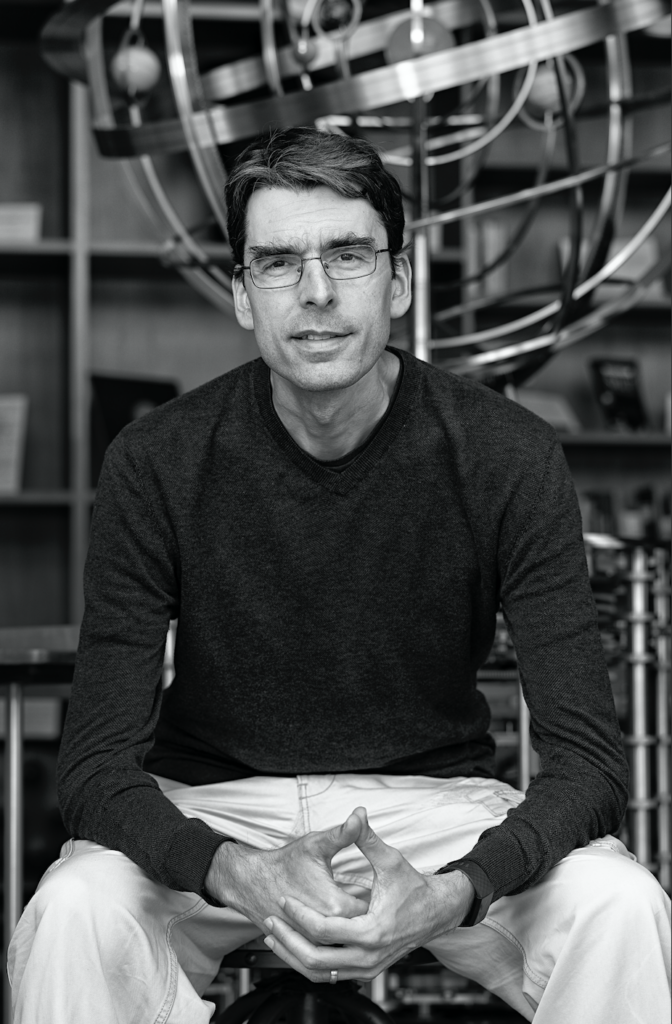Welcome to the DiRAC Institute Winter newsletter!

This year brought us closer to the first light of the Vera C. Rubin Observatory in Chile. At UW, our team continues to work on algorithms and software, preparing to make discoveries with this great observatory and its Legacy Survey of Space and Time — the LSST.
After eight years of construction, Rubin is nearing completion. In November, we had a rare opportunity to visit the Department of Energy’s SLAC National Accelerator Laboratory with our supporters and friends. There we’ve seen up close the LSST Camera, the largest optical camera in the world sporting over three billion pixels. Seeing the camera for the first time, nearly complete, was a very special occasion for our team: an opportunity to get energized for this last leg of the journey towards LSST. We share the details of the experience in this newsletter.
Throughout the year, DiRAC researchers published numerous scientific papers and appeared in the media. Highlighted in this edition are the coverage of Sarah Greenstreet’s work in the National Geographic and Jim Davenport’s paper on “Searching the SETI Ellipsoid with Gaia”. And earlier this year our researchers’ work also caught the interest of the New York Times, which featured the discovery of 104 asteroids using the THOR algorithm developed by Joachim Moeyens, a graduate student at DiRAC and B612 Asteroid Institute Fellow.
In June, we piloted DiRAC Research Prize for Undergraduate Research, a new paid summer research opportunity for UW undergraduates that will continue in summer 2023. This Prize was made possible by generous funding provided by DiRAC supporters during the DiRAC Husky Giving Day 2022 campaign. And Astronomy on Tap is back! We invite you to check out for yourself this UW graduate-student driven outreach program, have a great night out, and learn about the Universe.
As we close out 2022, we’re looking forward to an exciting 2023. We’ll be wrapping up a number of ongoing research projects, starting many new ones, and also seeing the first light with Rubin. As we do, we look forward to taking you on this journey with us. Plan on joining us for lectures, planetarium shows, and other events that we will be hosting at the DiRAC Institute.
Finally, our work — from outreach, education, to fundamental research — is made possible in no small part by contributions from supporters like you. Thank you for all of your past support; it has truly made a difference. As you consider your charitable donations this year, I hope you will consider supporting the work at DiRAC — enabling our students and postdocs engage in the next generation of discovery!
Thank you,
Mario Juric
Director, DiRAC Institute
Professor, Department of Astronomy